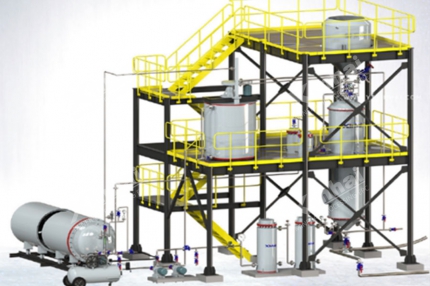According to statistics, the global fluorite mining market reached USD 2.1
billion in 2023 and is projected to grow to USD 3.4 billion by 2033. As mining
activities intensify, the volume of fluorite tailings continues to rise. If not
properly managed, this fluorite mining waste can cause significant environmental
damage and pose serious risks to the safety of mining areas.
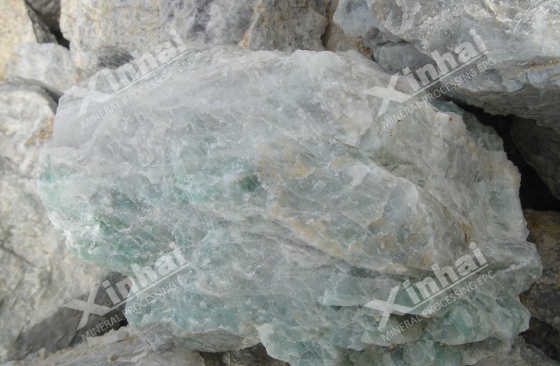
Ensuring environmentally friendly and efficient tailings treatment has become
a critical challenge for mining companies. In this article, we provide an
in-depth analysis of the common components found in fluorite processing tailings
and introduce proven sustainable treatment solutions.Read on to discover
practical insights that can support effective fluorite tailings management and
contribute to the development of greener mining practices.
Use the table of contents below to navigate through the guide:
01Main Components Of Beneficiation Fluorite Tailings
The composition of fluorite beneficiation tailings is largely determined by
the type of raw ore and the fluorite beneficiation process used. Typically,
fluorite tailings contain the following four main categories of components:
Gangue mineral residues: Primarily composed of quartz,
calcite, and dolomite, with possible traces of barite, clay, and other
non-metallic minerals. These originate from the non-fluorite portion of the raw
ore.
Fluorite residues: A portion of calcium fluoride (CaF2)
remains unrecovered in the tailings, usually ranging from 1% to 5%. This is
mainly due to limited flotation efficiency or overly fine mineral particle
size.
Chemical reagent residues: Residual froth flotation reagents—including collectors (such as sodium oleate and hydroxamic acids),
inhibitors (like water glass and alum), and regulators (e.g., lime and sodium
carbonate)—remain in the tailing water. These chemicals can potentially cause
water pollution if not properly treated.
Trace heavy metals and suspended solids: Some fluorite
tailings contain trace amounts of metals such as iron, aluminum, lead, and zinc.
These may come from associated minerals or mineral processing equipment wear and
tear during processing. Without appropriate treatment, these substances can
contaminate surrounding soil and groundwater.
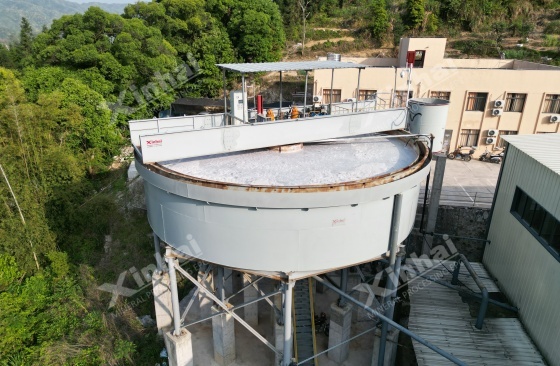
02Environmentally Friendly And Efficient Fluorite Tailings Disposal
Solutions
1. Tailings Dewatering and Dry Stacking
For fluorspar tailings with ultra-fine particle sizes, low output, and no
economic recovery value, dewatering and dry stacking offer a practical
solution.
By utilizing a high-efficiency fluorite tailings efficient thickener in combination with a belt filter press or chamber filter press system, the
tailings slurry can be concentrated to over 65% solids.It is then mechanically
dewatered into a filter cake suitable for dry discharge.
This system can be integrated with automated dosing units and intelligent
control modules to ensure stable, continuous operation while minimizing the
footprint and leakage risks of traditional tailings storage facilities.
2. Green Treatment of Common Residual Components in Fluorite
Tailings
(1) Gangue Mineral Residues
Residual gangue minerals such as quartz, calcite, and dolomite typically vary
in particle size. After classification using a hydrocyclone and vibrating
screen:
Coarse particles (>0.2 mm):Can be repurposed as
aggregates for construction materials, road bases, or concrete additives.
Fine and intermediate particle: Can be further processed via
dry ball milling, air classification, and magnetic or optical sorting to enhance
impurity separation and promote resource reuse.
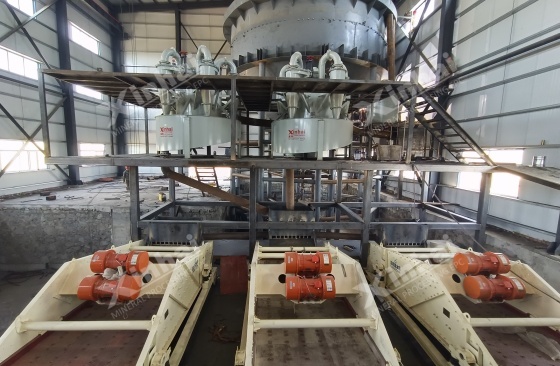
(2) Fluorite Residue
To recover remaining CaF2 tailings, high-efficiency flotation columns or
electrostatic separation systems can be used to improve recovery rates and
reduce tailings grade. X-ray mineral recognition systems may also be integrated
to achieve precise sorting and selection.
(3) Chemical Reagent Residues
A modular tailings water treatment station can be employed, using a staged
treatment process;
Stage 1: pH adjustment + lime milk dosing→Precipitation of
CaF2 to remove the majority of fluoride ions;
Stage 2: PAM and PAC coagulation-flocculation→Removes
suspended solids and residual flotation reagents;
Stage 3: Adsorption filtration using activated alumina or
modified zeolite→Further reduces fluoride concentration to meet industrial reuse
standards.
*A real-time monitoring system for fluorine concentration, pH, and turbidity
is essential to ensure consistent, compliant effluent quality.
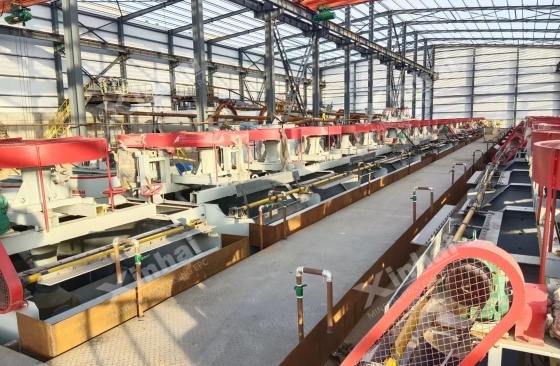
(4) Treatment of Trace Heavy Metals and Suspended Solids
To address trace heavy metals and suspended particles in fluorite tailings, a
two-stage sedimentation system can be implemented.
This system should include the addition of heavy metal chelating agents or
precipitants (such as TMT-15 or sodium sulfide, Na2S), combined with a
biological immobilization bed. The latter may incorporate microbial gel beads or
plant root-based filtration materials, enabling effective heavy metal
stabilization and environmentally friendly purification of tailings water.
(5) Resource-Based Utilization of Dry-Stacked Tailings
Dry-stacked tailings can be reclassified and repurposed based on their
mineralogical composition, supporting circular economy goals and reducing
fluorite tailings' environmental impact:
Quartz and calcite tailings→Used in the production of manufactured sand,
cement raw materials, unfired bricks, and wall-filling materials.
Barite and dolomite tailings→Utilized as fillers in rubber, paint, ceramics,
and other industrial applications.
Calcium-rich tailings→Applied as soil conditioners in agricultural and land
reclamation projects.
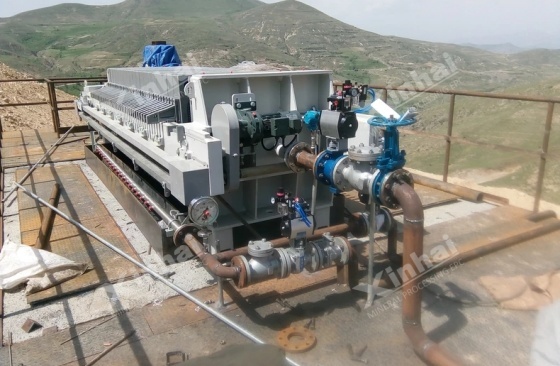
03Summary and Recommendations
Tailings treatment is a vital component of the fluorite beneficiation
process. Implementing scientific and environmentally responsible technologies is
essential to ensure ecological safety and promote efficient resource utilization
within mining operations.
It is recommended that mining enterprises collaborate with EPC+M+O service providers who possess integrated expertise in both beneficiation and tailings
resource recovery. Customized, end-to-end solutions can greatly enhance project
outcomes.
For example, Xinhai Mining provided full-process EPC+M+O services for a 400
t/d fluorite processing project in Mongolia. As a result, the CaF2 grade of the
fluorite concentrate was increased to 98%-99%, with a recovery rate nearing 90%.
This not only ensured high product quality but also significantly improved
resource efficiency, earning high praise from the client.
If you are facing the problem of tailings treatment or beneficiation system
upgrading, you might as well learn more about Xinhai's system experience and
successful cases in the green mining industry, which will bring practical
inspiration and assistance to your project!


 marketing@ytxinhai.com
marketing@ytxinhai.com  0086 13810327080
0086 13810327080 

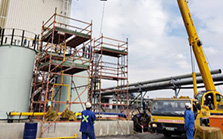

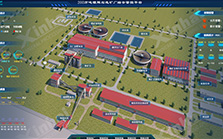
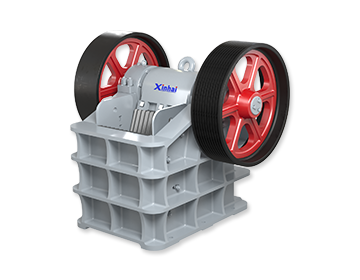
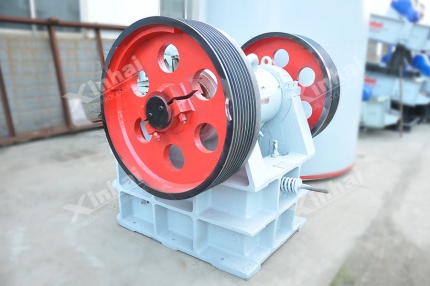

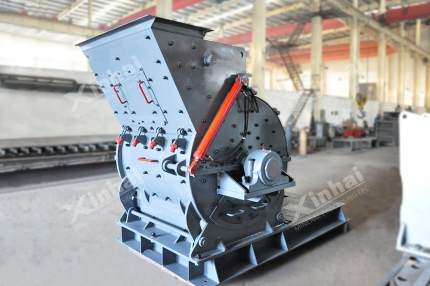
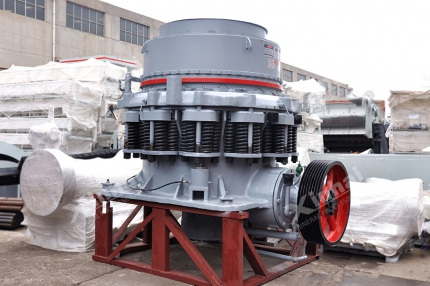
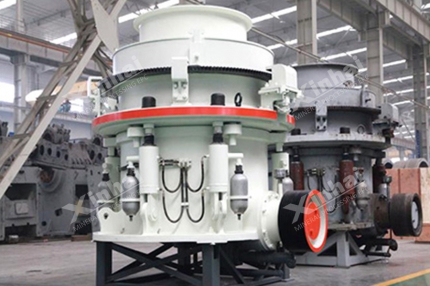
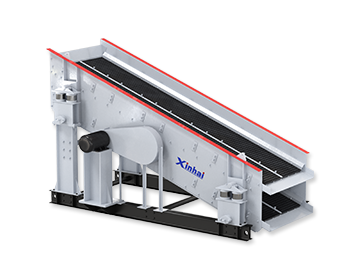
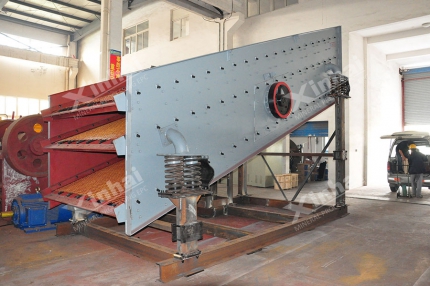
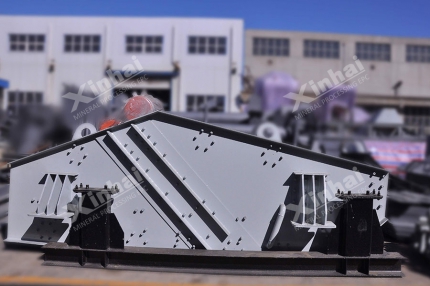
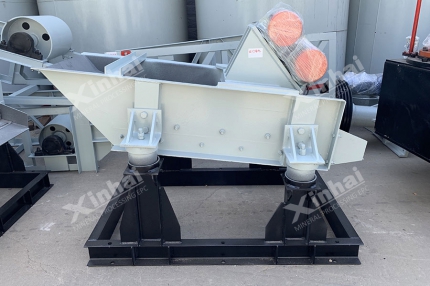
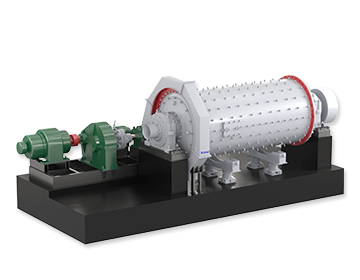
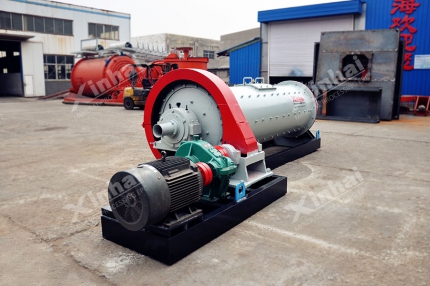
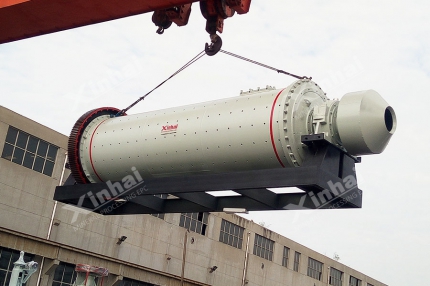
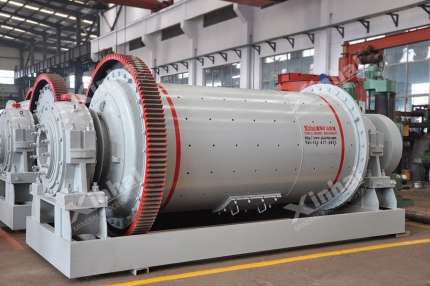
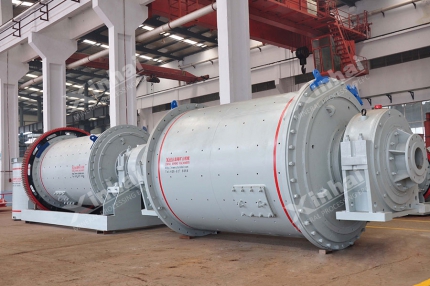
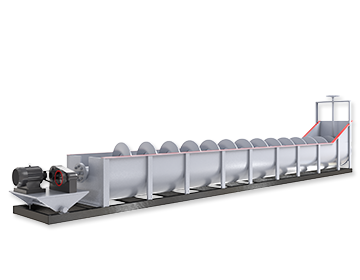
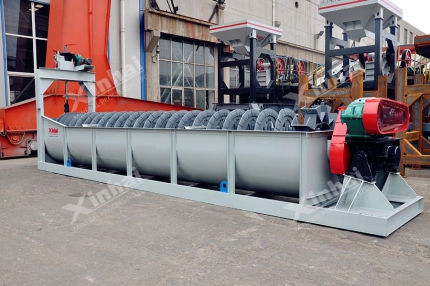
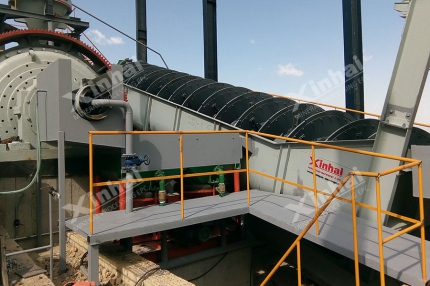
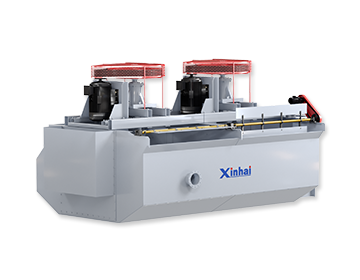
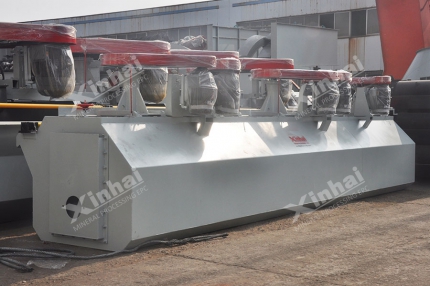
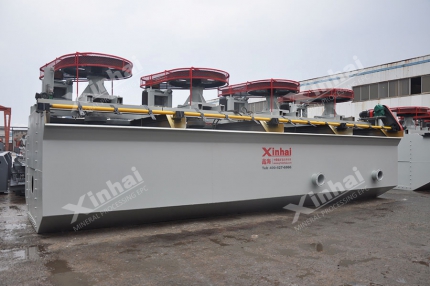
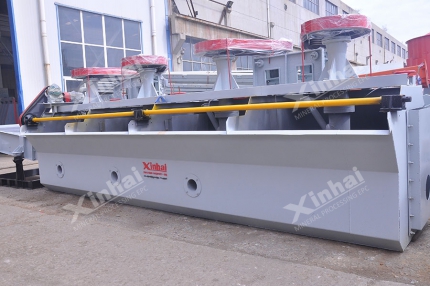
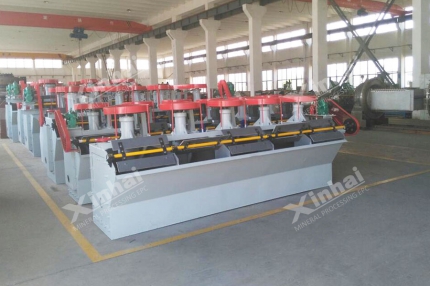
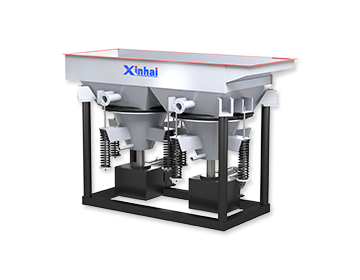
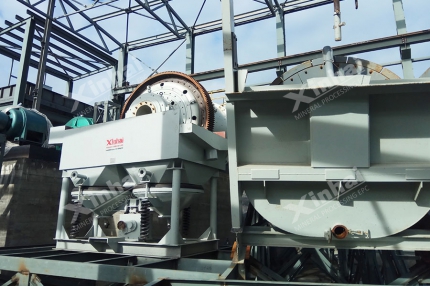
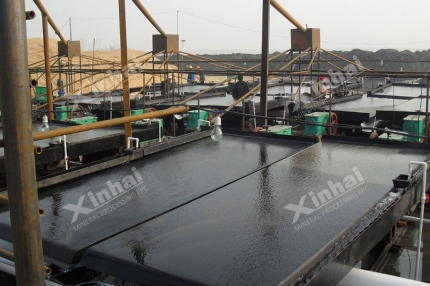
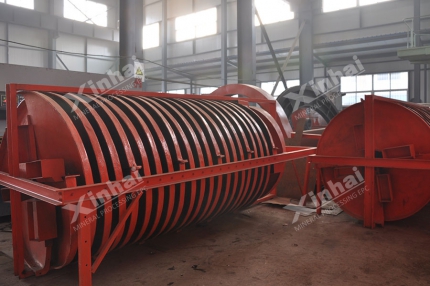
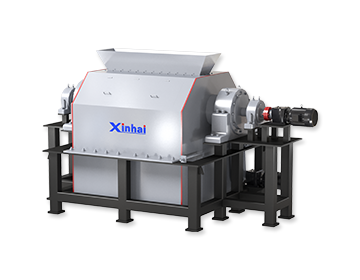
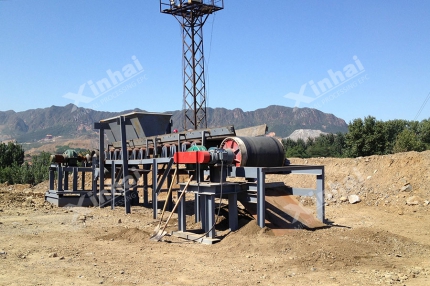
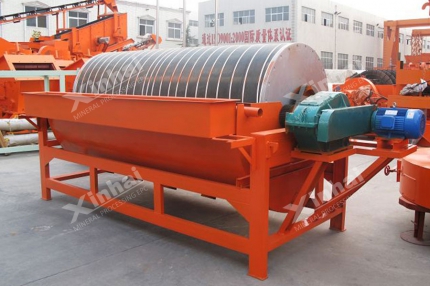
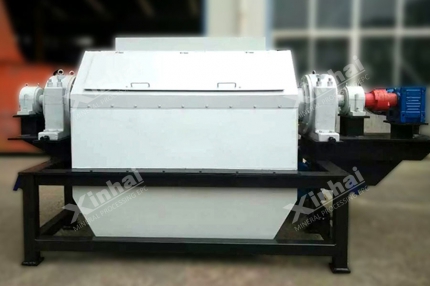
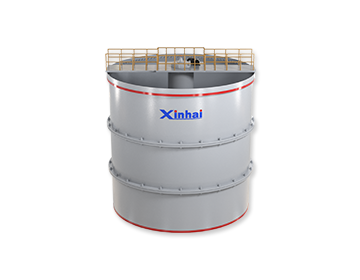
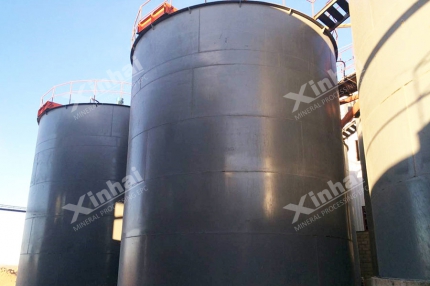
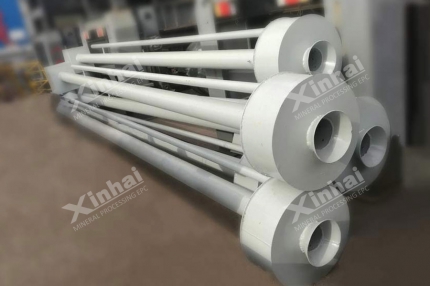
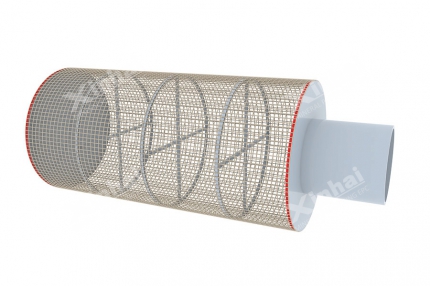
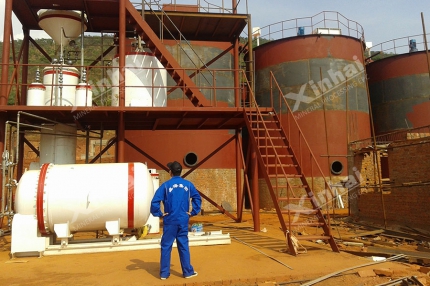
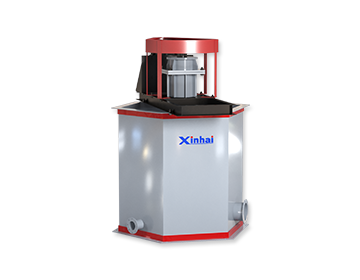
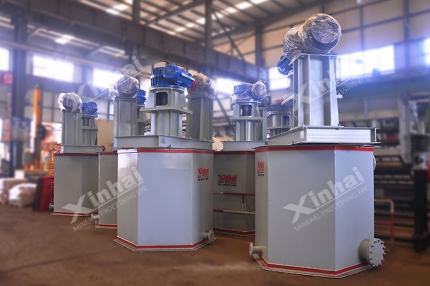
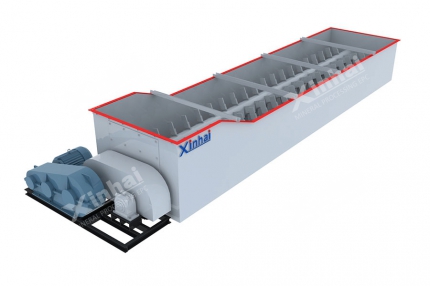
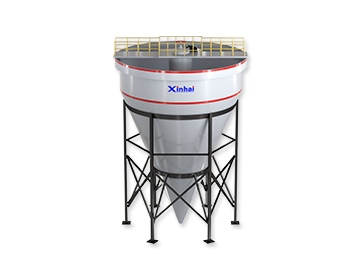
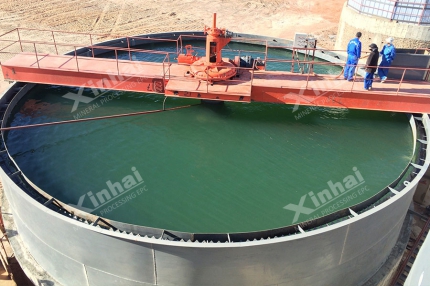
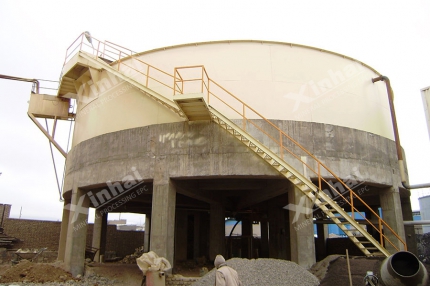
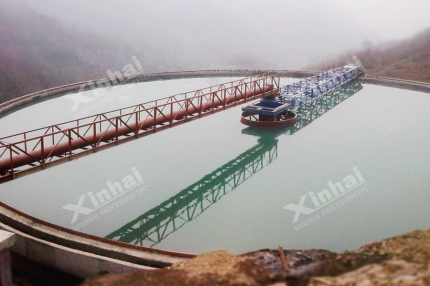
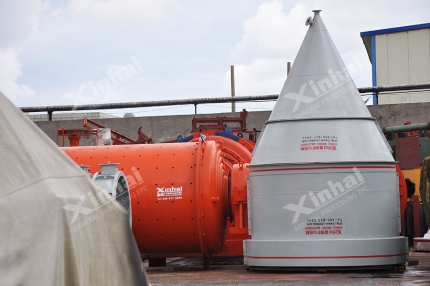
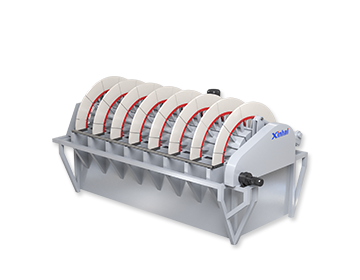
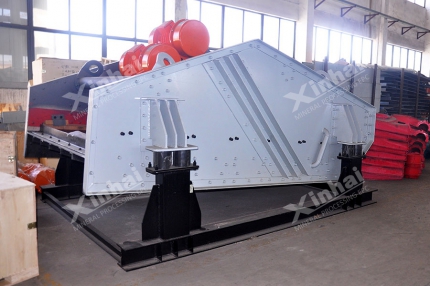
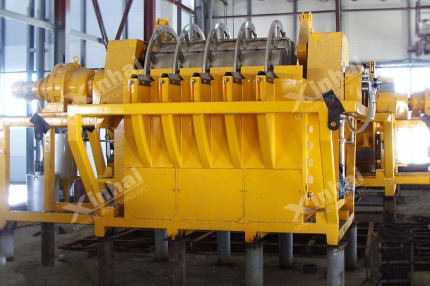
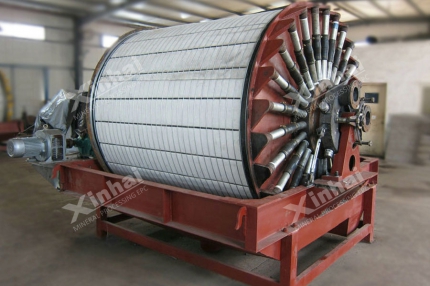
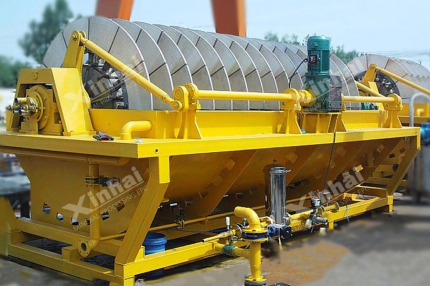
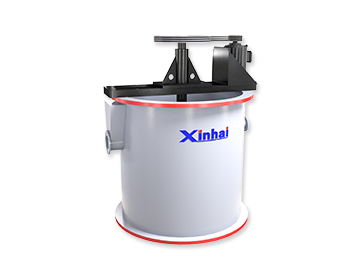
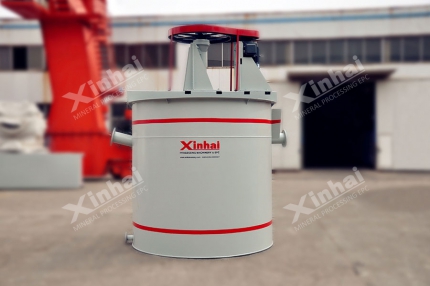
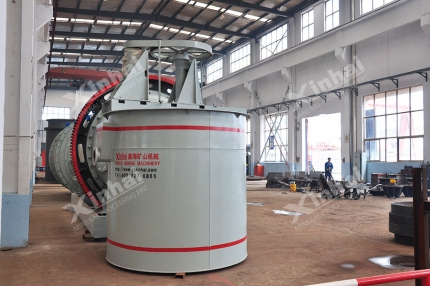
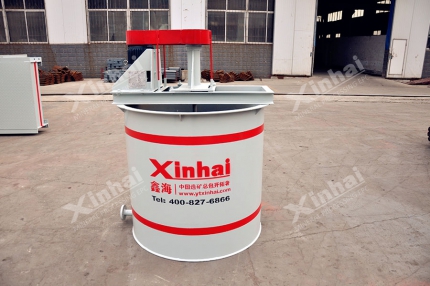

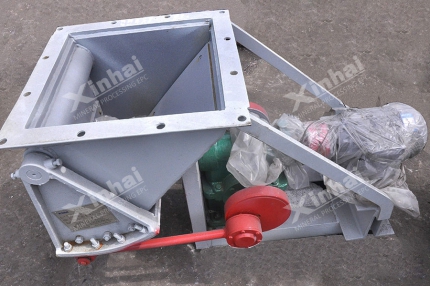
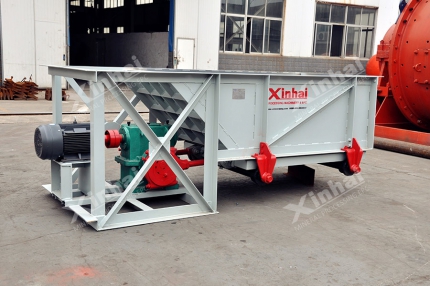
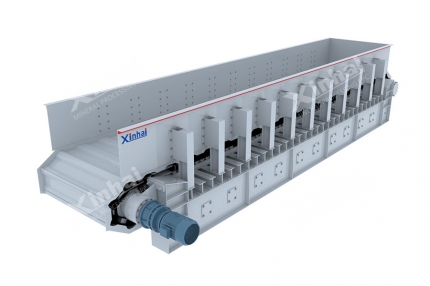
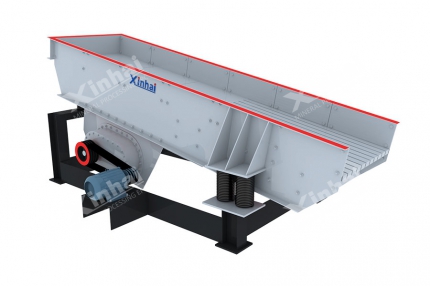
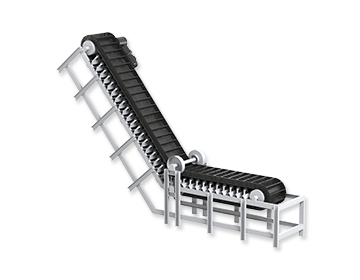
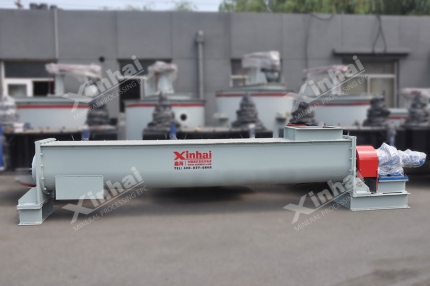
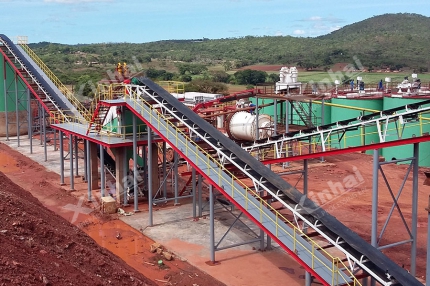
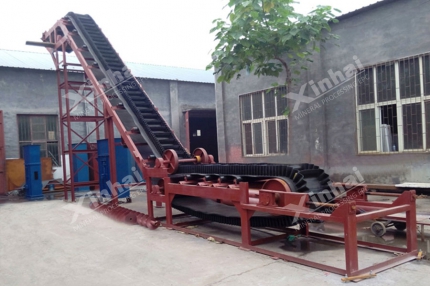
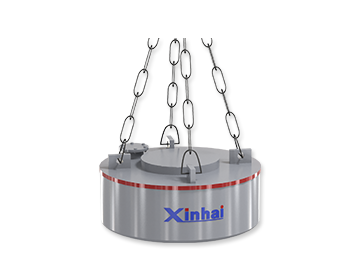
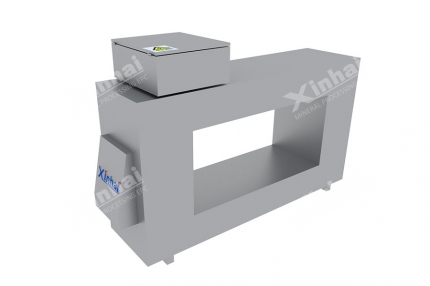
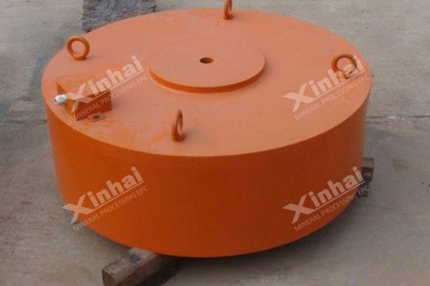
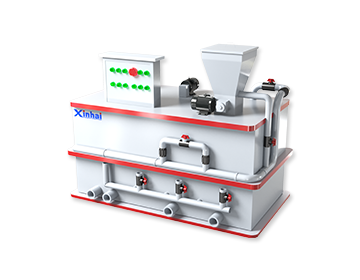
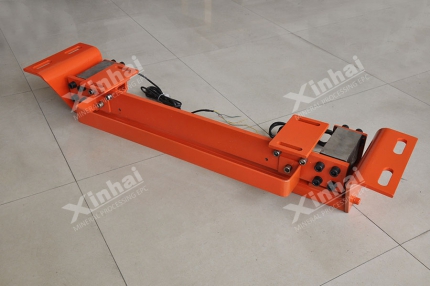
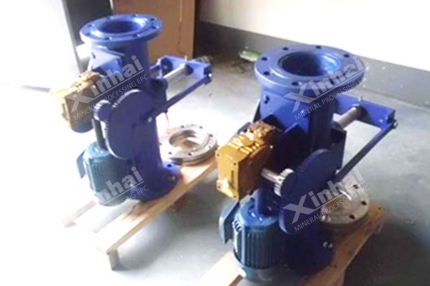
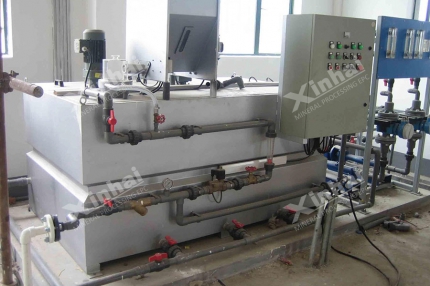
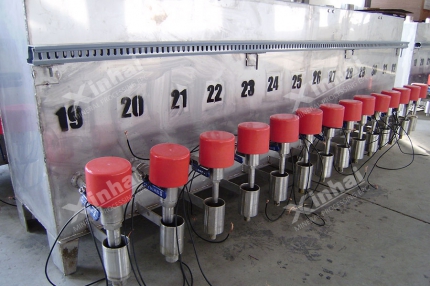
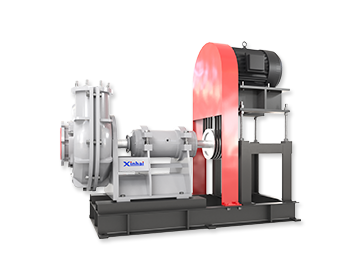
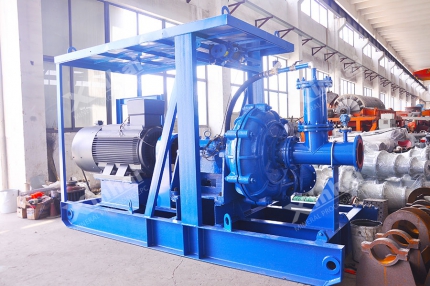
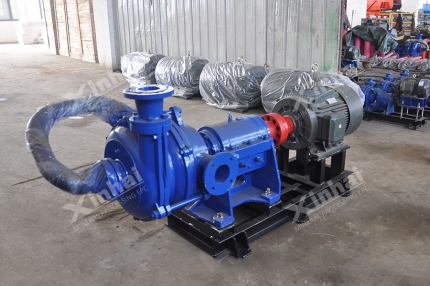
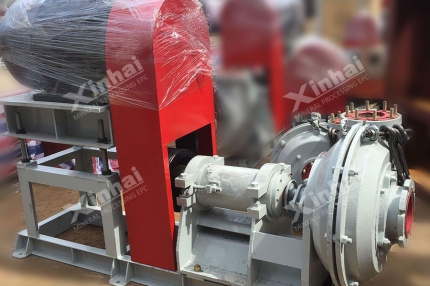
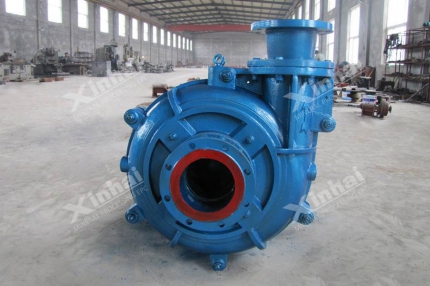
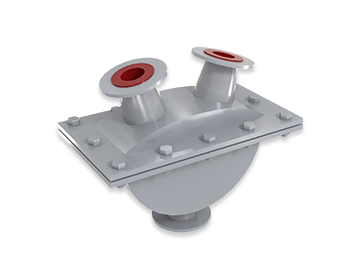
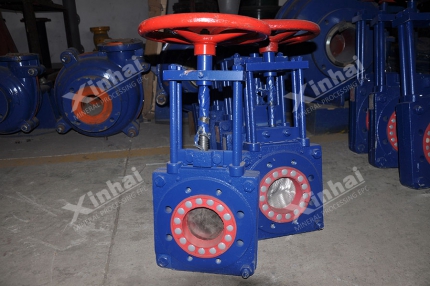
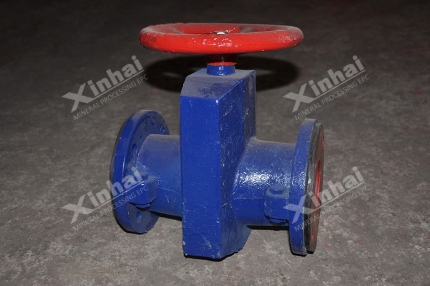
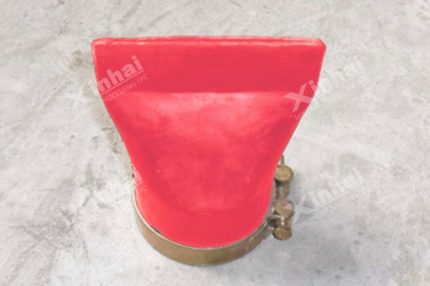
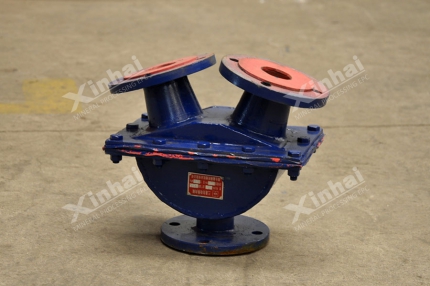
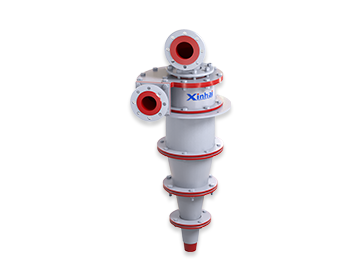
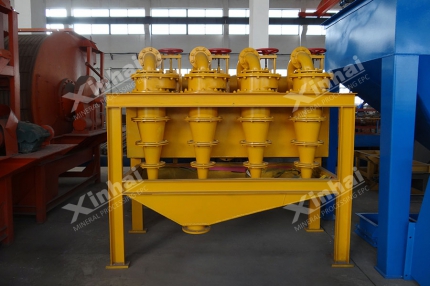
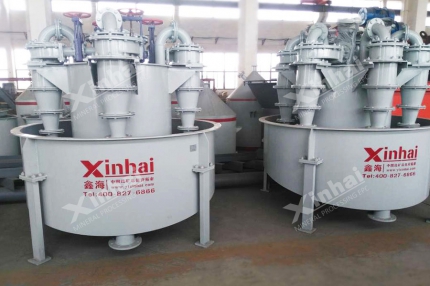
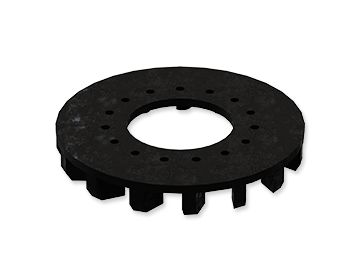
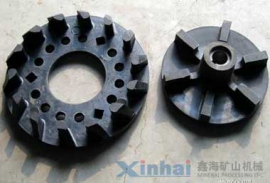
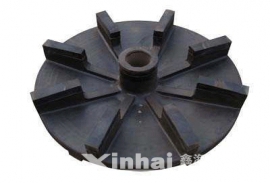
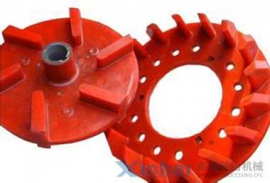

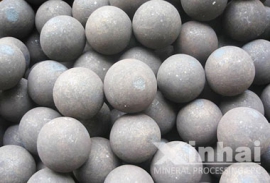
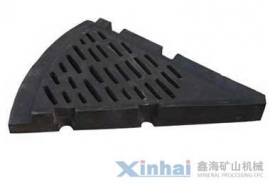
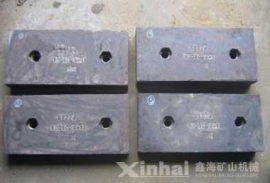
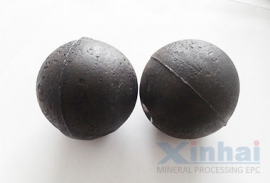

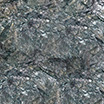

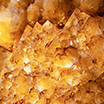


 CHAT
CHAT MESSAGE
MESSAGE




